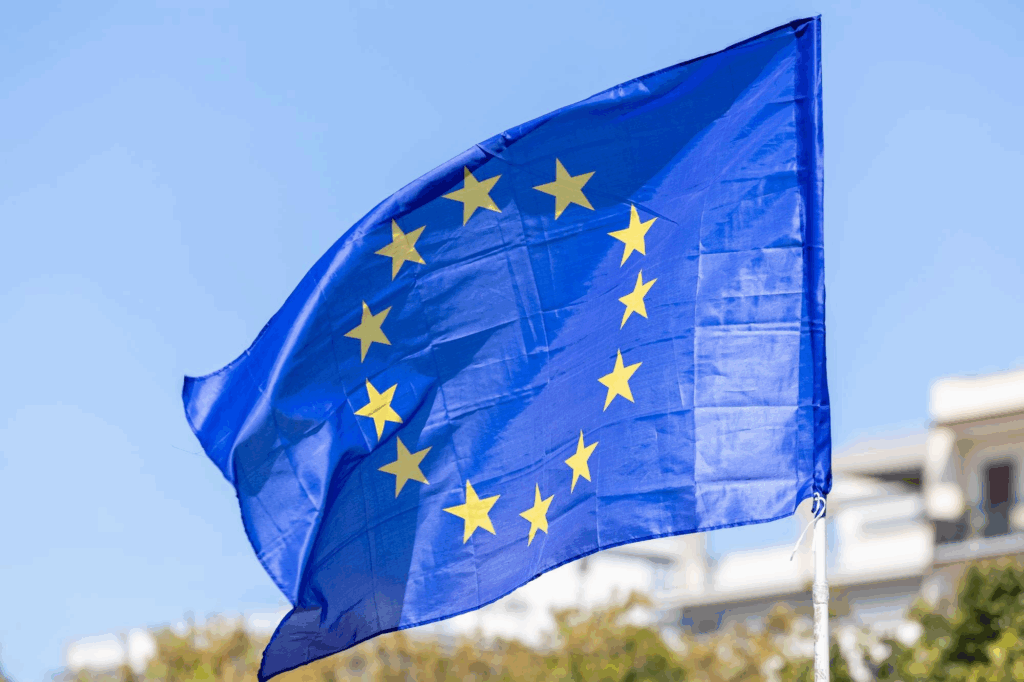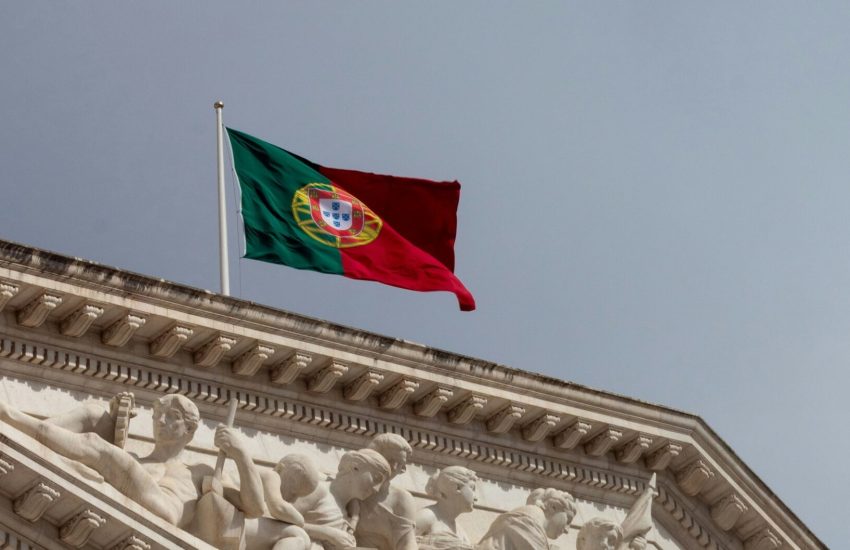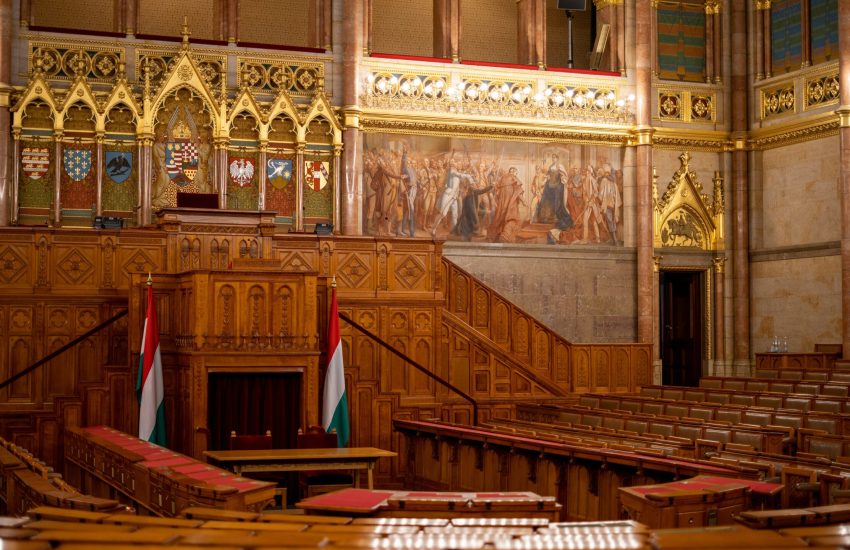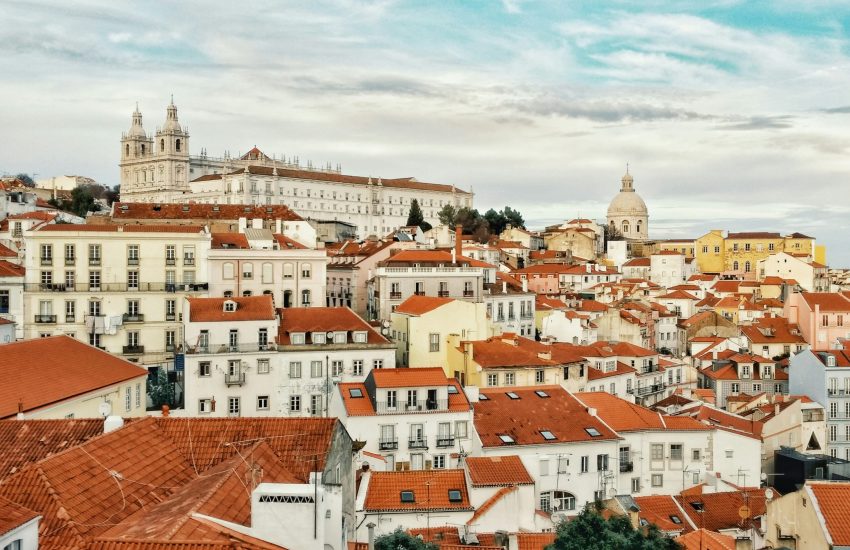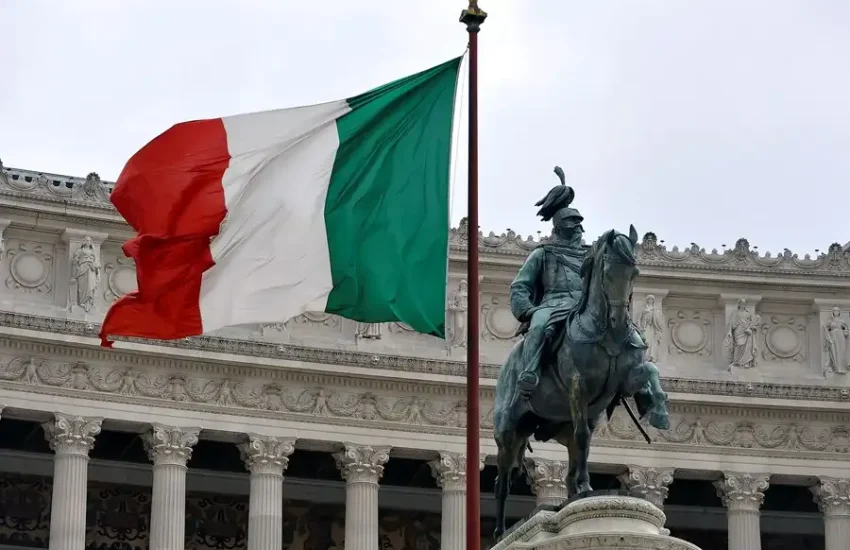How the world’s largest political and economic bloc was built on cooperation and a quest for peace
A continent in ruins
At the end of World War II, Europe lay in devastation. Cities were destroyed, economies collapsed, and millions lived in poverty. Out of this chaos emerged a bold idea: to turn former enemies into partners. Economic cooperation would become the foundation for lasting peace.
The birth of a new Europe
In 1951, six countries: France, West Germany, Italy, Belgium, the Netherlands, and Luxembourg, signed the Treaty of Paris, creating the European Coal and Steel Community (ECSC).
Its goal: to place key industries under joint management to prevent future conflicts.
The ECSC’s success led to the Treaty of Rome (1957), which established the European Economic Community (EEC), the first step toward today’s European Union.
Expansion and consolidation
Over time, the bloc expanded. The United Kingdom, Denmark, and Ireland joined in 1973; Greece, Spain, and Portugal followed in the 1980s, solidifying democracy in southern Europe.
After the fall of the Berlin Wall and the end of the Cold War, Central and Eastern European countries joined, symbolically reuniting the continent.
Institutions and governance
Formalized in 1993 by the Maastricht Treaty, the European Union operates through four main bodies:
-
The European Parliament, representing citizens.
-
The European Council, gathering heads of state.
-
The European Commission, the executive branch.
-
The Court of Justice of the EU, ensuring legal consistency.
Together, they shape policies that affect more than 440 million citizens.
The euro and economic integration
In 1999, the euro was introduced, marking a milestone in financial unity. Today, 20 of the 27 EU countries use the single currency, managed by the European Central Bank in Frankfurt.
Contemporary challenges
Migration crises, economic inequalities, nationalist movements, and Brexit test the EU’s unity. Yet the bloc remains a model of peaceful integration and democratic cooperation.
Europe today and its global role
The EU has evolved beyond economics, it is a symbol of diplomacy, sustainability, and human rights. Its influence extends worldwide, including strong partnerships with Brazil and Latin America.
Between ideals and reality
The European Union stands as proof that unity can rise from conflict. It continues to balance national sovereignty and collective solidarity, shaping the future of an interconnected world.
